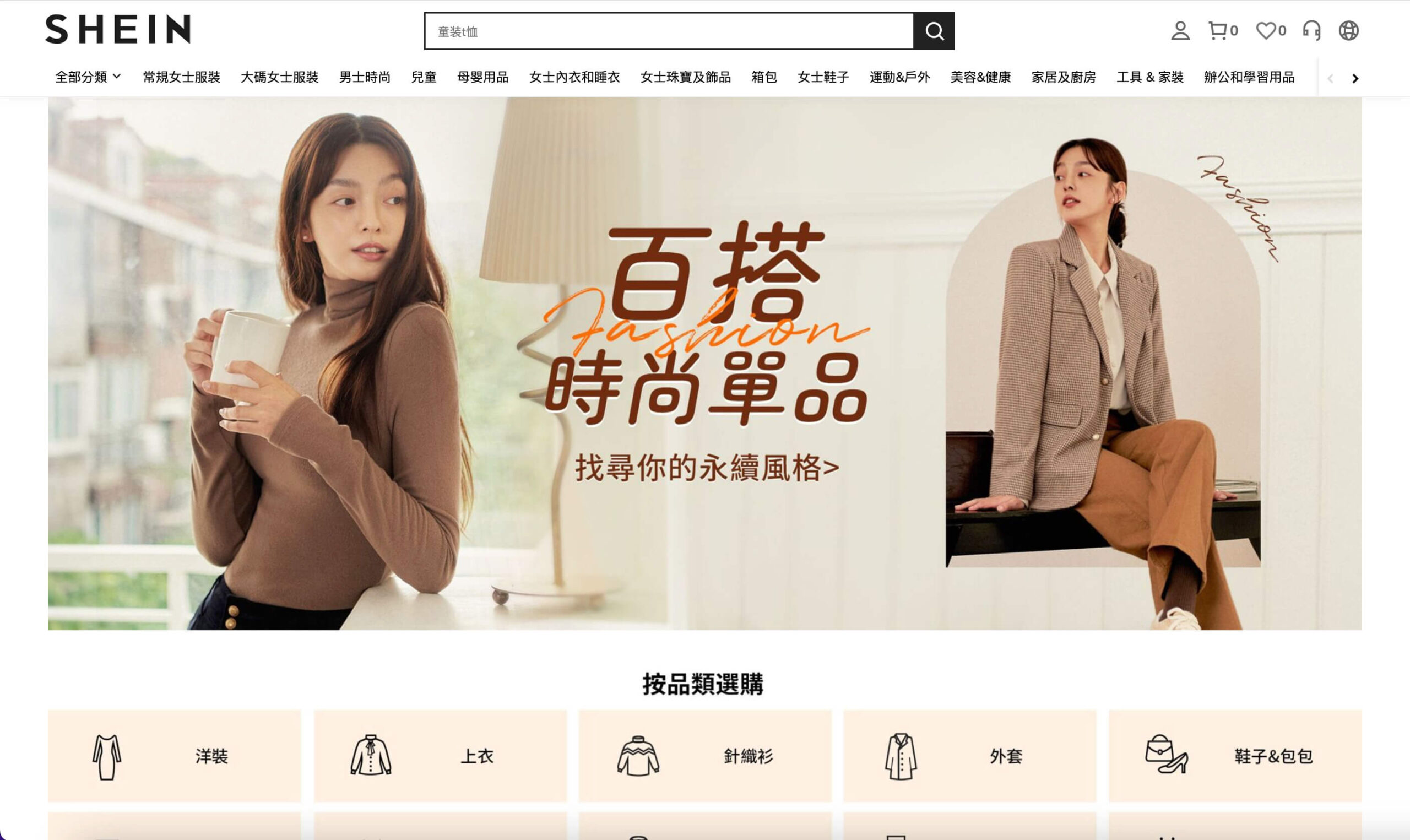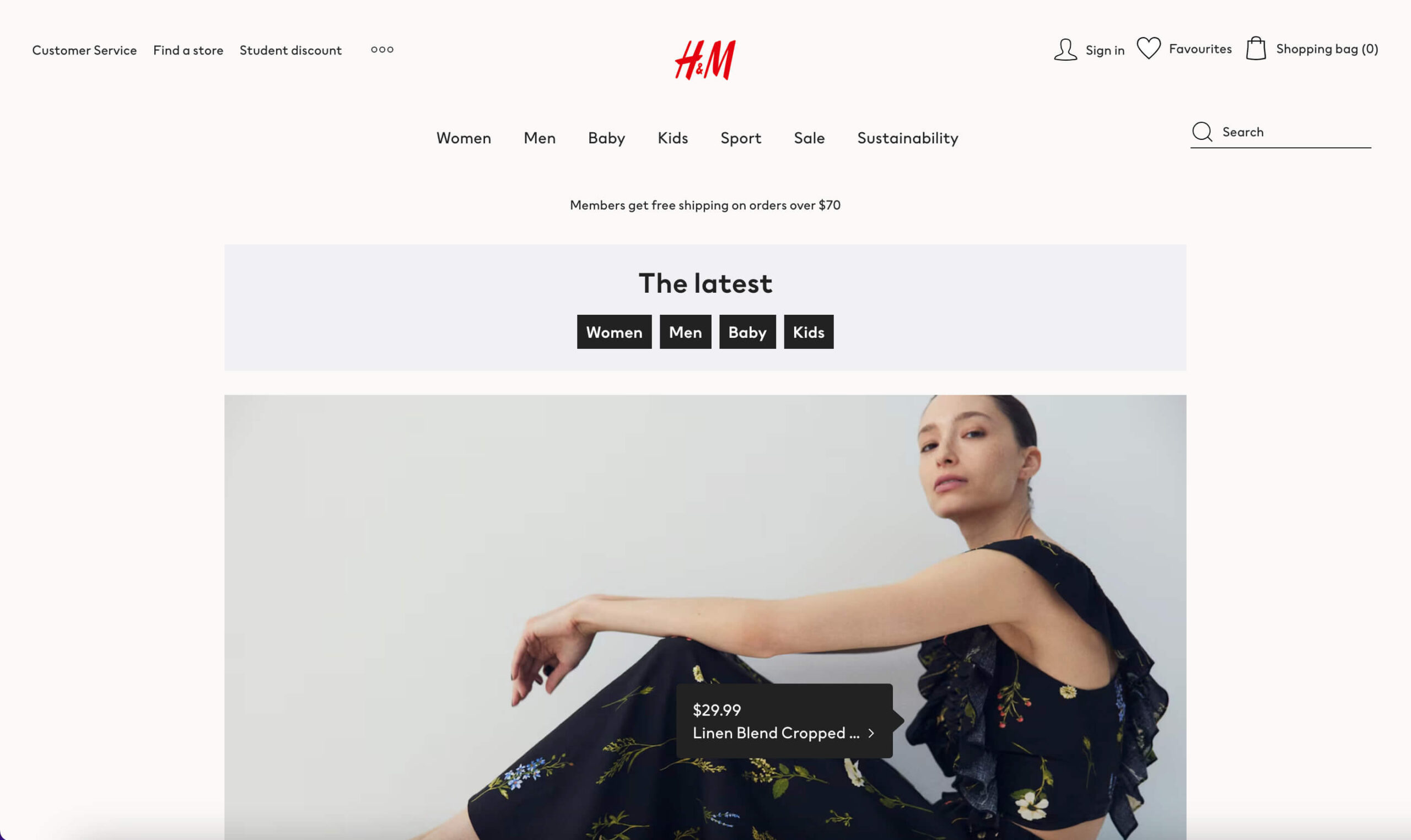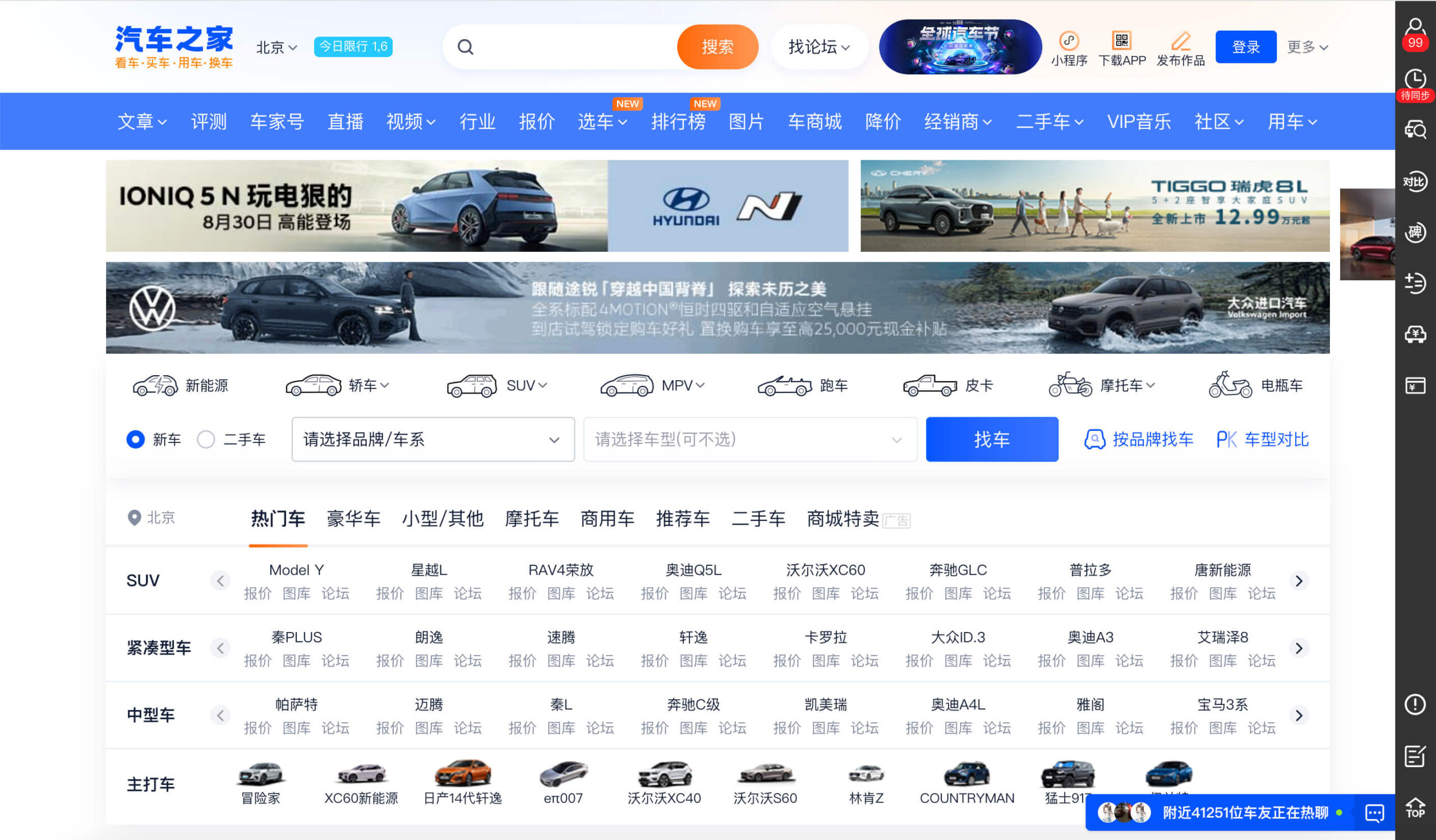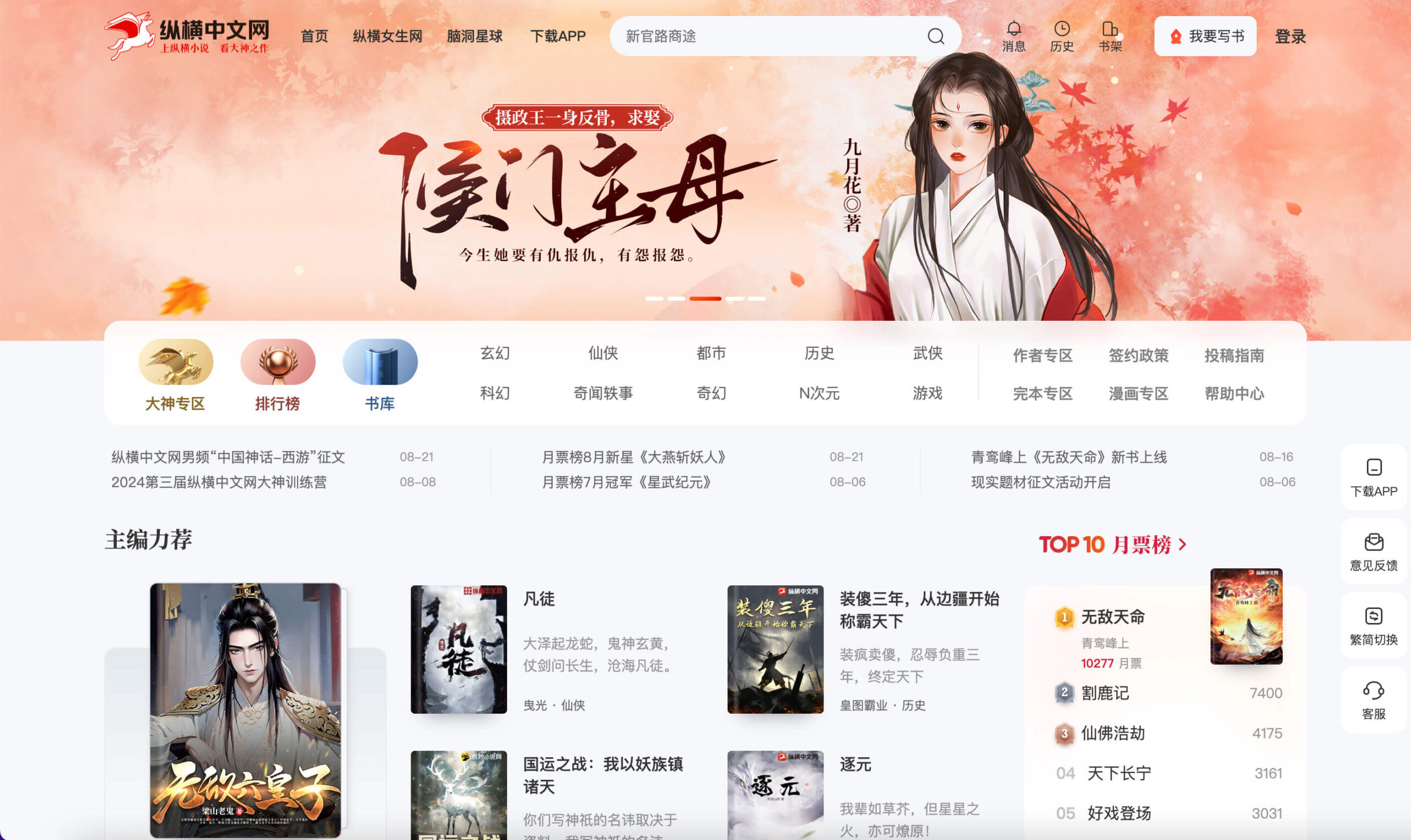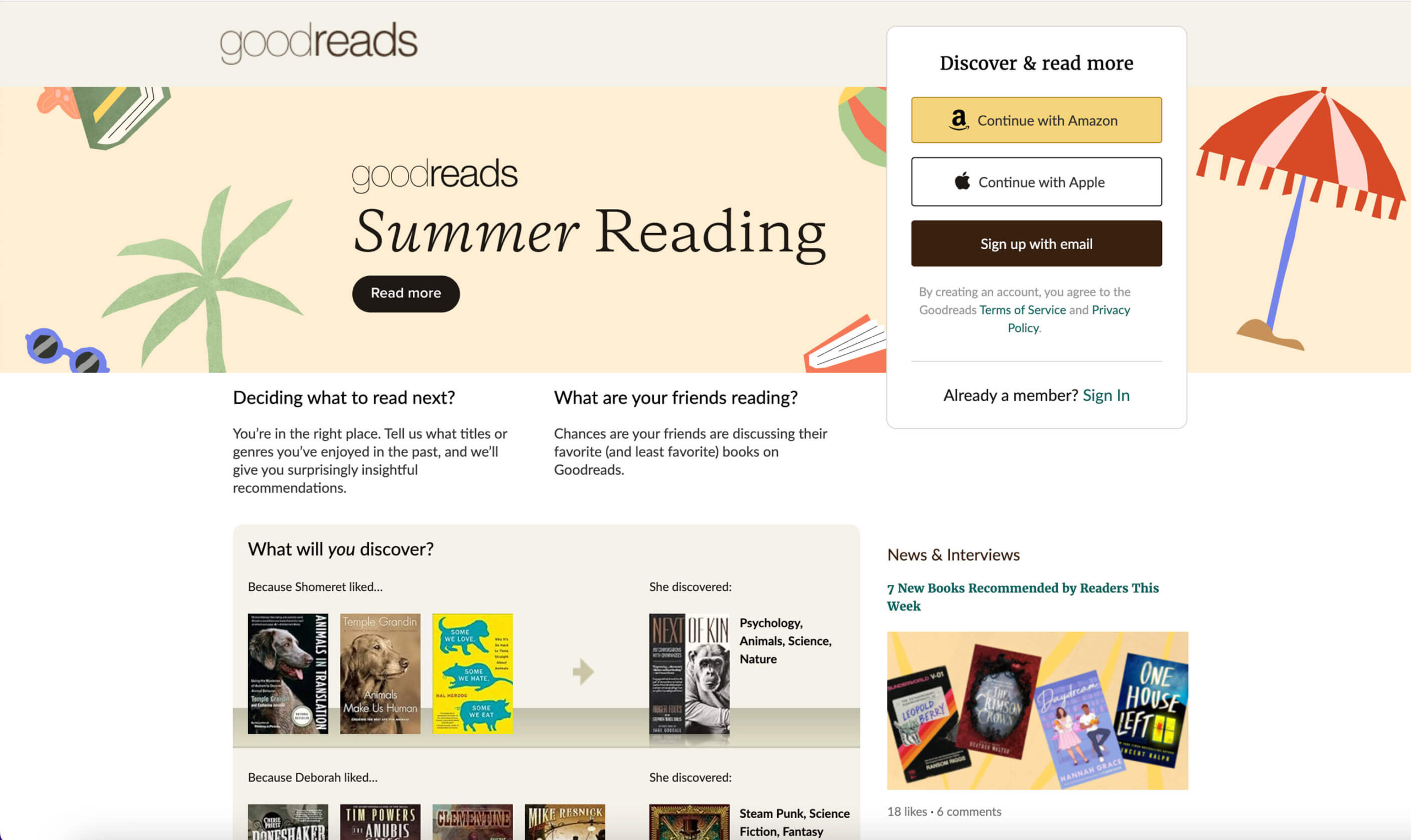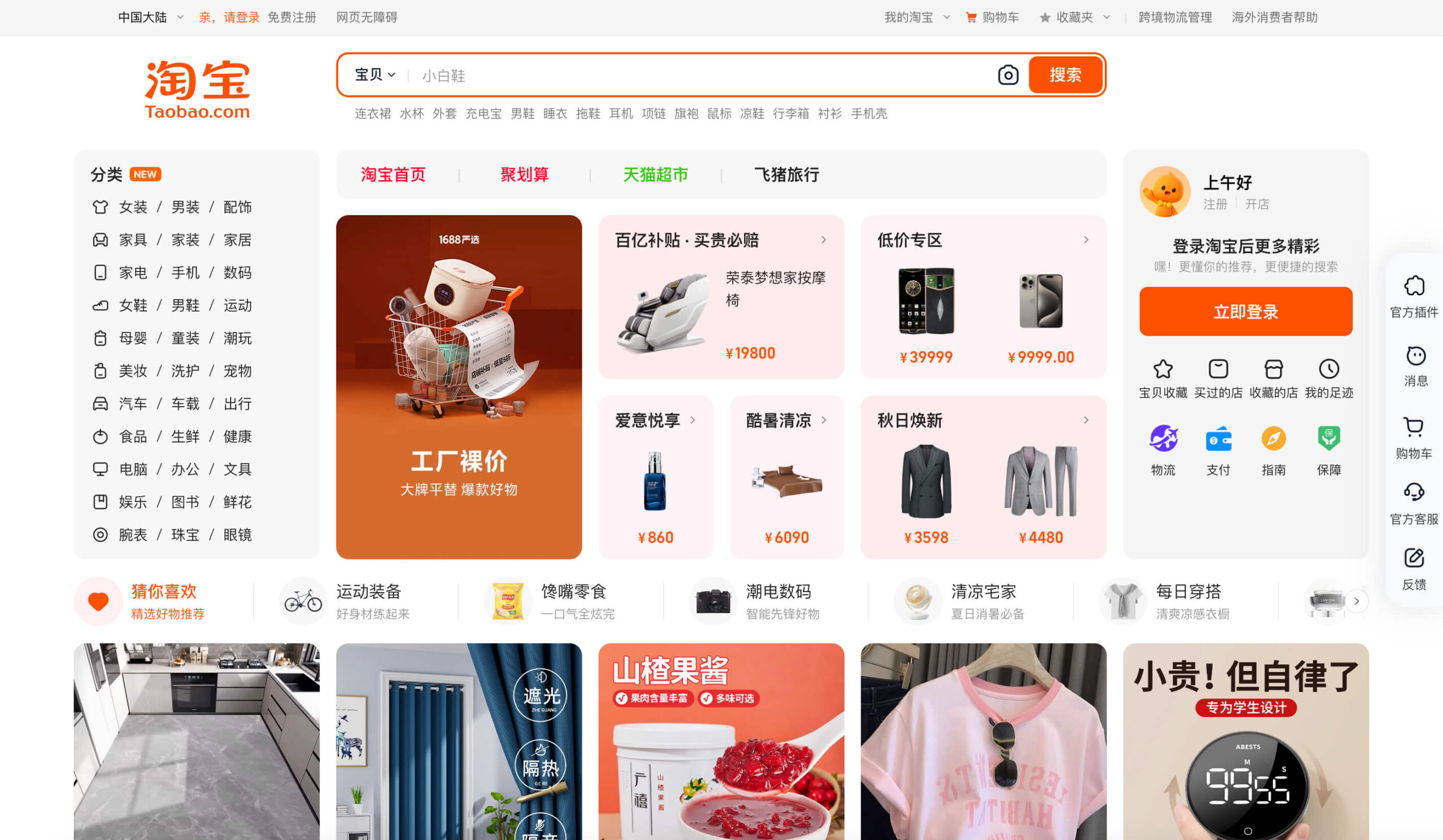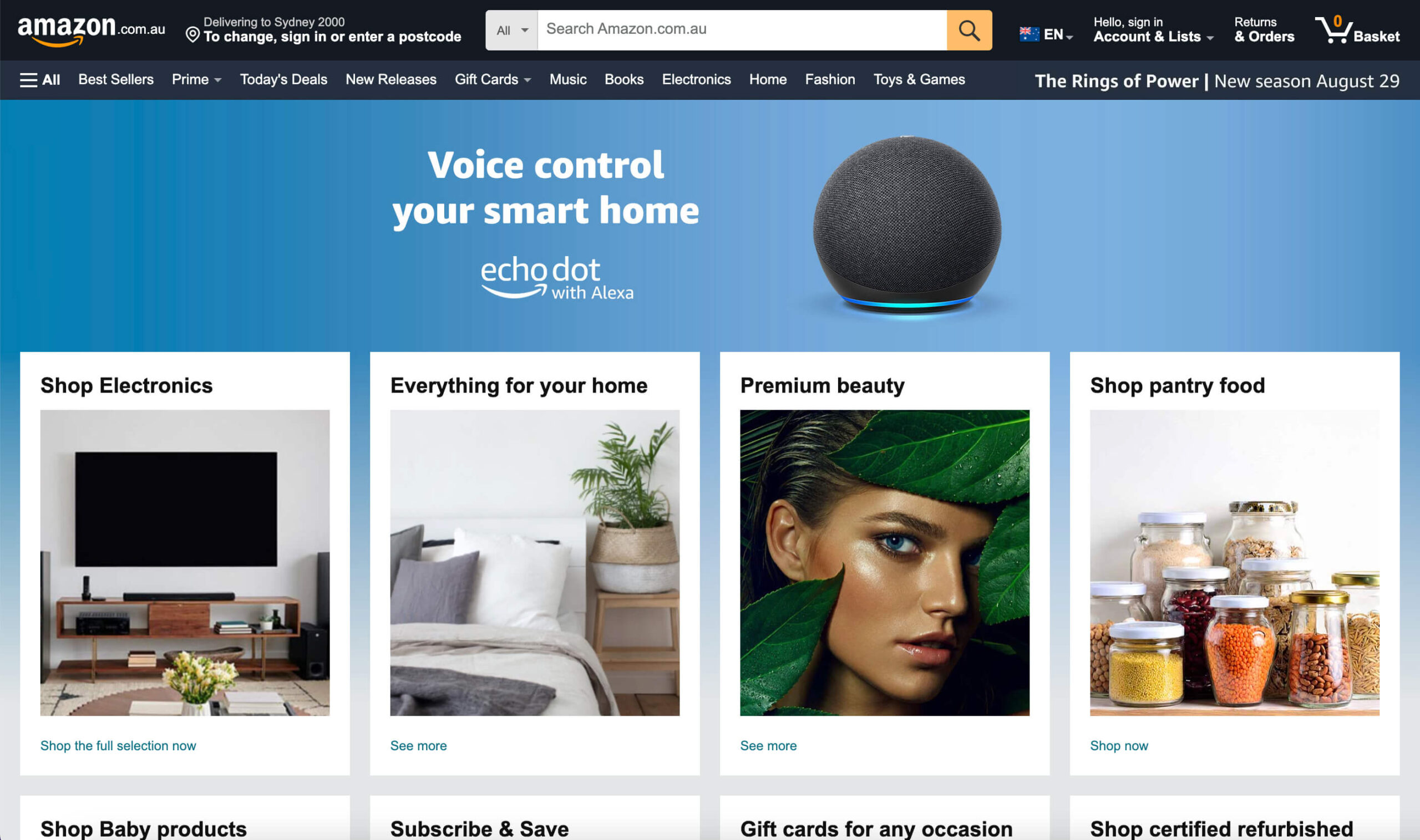Designing a website for a Chinese user compared to a Caucasian user involves understanding and catering to distinct cultural, aesthetic, and functional preferences. The differences stem from varying cultural norms, user expectations, internet habits, and design aesthetics. Below, I’ll explore these differences in detail, focusing on critical aspects such as layout, colour schemes, content preferences, functionality, and user experience.

Cultural and Visual Preferences
Chinese Users:
• Aesthetic Preferences: Chinese websites tend to be more visually dense. They often feature busy layouts with a lot of information, images, and text crammed into a single page. This is a reflection of the cultural preference for abundance and richness, where more content is perceived as more valuable.
• Colour Choices: Red, gold, and yellow are popular in Chinese web design due to their cultural significance. Red symbolizes luck and happiness, gold represents wealth and prosperity, and yellow is associated with royalty and power. These colours are often used to evoke positive emotions and convey trust and reliability.
• Typography: Chinese users are accustomed to vertical and horizontal text formats, and the use of large, bold fonts is common to grab attention. Traditional Chinese characters are often used, although simplified characters are standard in Mainland China.
• Imagery and Symbols: Traditional symbols like dragons, lanterns, and Chinese zodiac animals are frequently used. These elements resonate with the cultural heritage and can help establish a connection with the audience.
Caucasian Users:
• Aesthetic Preferences: Websites for Caucasian users, particularly in Western countries, tend to be more minimalist and clean. There’s a preference for white space, simple navigation, and a clear hierarchy of information. The design focus is on usability and a streamlined user experience.
• Colour Choices: The colour palette is generally more subdued, with an emphasis on blues, greens, and neutral tones. These colours are perceived as professional, trustworthy, and calming.
• Typography: Sans-serif fonts are commonly used for readability, with a preference for clean, simple typography that enhances the user experience without overwhelming the reader. Text is typically left-aligned and follows a logical flow.
• Imagery and Symbols: The use of imagery is often more subdued, focusing on real-life photography and simple iconography. Symbols and imagery are generally neutral and less culturally specific, aiming to appeal to a broader audience.
User Behaviour and Expectations
Chinese Users:
• Information Density: Chinese users prefer accessing as much information as possible on a single page. This is often reflected in homepages that are long and scrollable, with numerous links, banners, and sections providing various content. Users expect to find everything they need without having to navigate multiple pages.
• Interactive Elements: Chinese websites often feature dynamic elements like scrolling marquees, pop-up ads, and embedded videos. These are seen as engaging and are widely accepted by users.
• Mobile First: China has a mobile-first culture, with a significant portion of the population accessing the internet primarily through smartphones. Websites are often designed with mobile compatibility as a top priority, featuring vertical scrolling, touch-friendly buttons, and quick-loading pages.
• Social Integration: Integration with social media platforms like WeChat is critical. Users expect seamless transitions between websites and social platforms, with options to share content, follow brands, and interact with customer service directly through social media channels.
Caucasian Users:
• Simplicity and Clarity: Caucasian users tend to favour websites that are easy to navigate, with clear calls to action and a logical flow of information. They prefer fewer distractions and expect a website to help them find what they need with minimal effort.
• Content Hierarchy: The information is often presented in a hierarchical manner, with key points highlighted and supporting information available through additional clicks. Users expect a clean, structured layout that guides them naturally through the content.
• Desktop Focus: While mobile responsiveness is crucial, many Western users still use desktops or laptops for browsing. Websites are often designed with a desktop-first approach, with mobile design being a responsive adaptation rather than the primary focus.
• Privacy and Security: Western users are particularly concerned with privacy and data security. Websites often need to highlight their data protection policies and offer clear, secure methods for transactions or data submissions.
Content and Language
Chinese Users:
• Content Style: Content on Chinese websites is often more promotional and direct. Users are accustomed to hard-sell techniques, with bold statements, extensive use of testimonials, and a focus on discounts and promotions. Detailed product descriptions, user reviews, and comprehensive FAQs are expected.
• Language and Tone: The tone is typically formal and respectful, with a focus on community and collective values. The language used is rich in idiomatic expressions and culturally relevant phrases that resonate with the local audience.
• Multimedia Content: Video content, particularly live streaming, is hugely popular in China. Websites often integrate live videos, product demonstrations, and influencer collaborations directly into their platforms.
Caucasian Users:
• Content Style: Content is usually more subtle, focusing on storytelling, brand values, and creating a connection with the audience. There’s a preference for softer sell techniques, where the emphasis is on benefits rather than features.
• Language and Tone: The tone is often conversational and personable, with a focus on individuality and personal choice. Content is crafted to appeal to the user’s personal interests and values, with an emphasis on building trust and credibility.
• Multimedia Content: While video content is popular, there is more of a balance between text, images, and videos. Users expect a variety of content formats, including blogs, articles, infographics, and interactive tools.
User Experience and Functionality
Chinese Users:
• Speed and Performance: Fast loading times are critical due to the high competition and fast-paced nature of the Chinese internet. Users expect websites to load quickly and efficiently, even when filled with multimedia content.
• E-Commerce Integration: Chinese users are highly accustomed to integrated e-commerce experiences. Features like instant checkout, multiple payment options (including Alipay and WeChat Pay), and in-app purchases are standard expectations.
• Customer Service: Instant customer service through chatbots or live customer service is expected. Users prefer immediate assistance and quick resolutions to any issues they encounter.
Caucasian Users:
• Efficiency and Reliability: Users expect a seamless, error-free experience. Websites should be easy to navigate, with fast load times, clear error messages, and user-friendly interfaces.
• E-Commerce Preferences: While e-commerce is popular, users often look for detailed product information, easy comparison tools, and customer reviews before making a purchase. Trust marks, secure payment gateways, and a clear return policy are important.
• Customer Support: While live chat is appreciated, Western users often prefer multiple support options, including email, phone support, and self-service FAQs.
Conclusion
Designing websites for Chinese and Caucasian users requires a deep understanding of the cultural, aesthetic, and behavioural differences between these audiences. While Chinese websites are more content-rich, visually dense, and mobile-centric, Western websites lean towards minimalism, clarity, and desktop-focused designs. By tailoring the design, content, and functionality to these preferences, marketers can create websites that resonate with their target audience, providing a user experience that feels both familiar and engaging.

